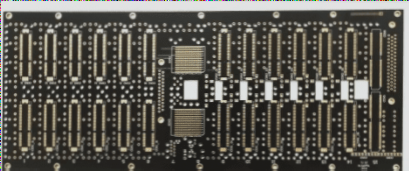Minimize the electromagnetic interference (EMI) in PCB design.
Electromagnetic interference (EMI) is a critical concern in electronic system design, particularly in high-speed devices, and effective PCB layout strategies are essential for mitigating its impact on performance, safety, and reliability.
Minimize the electromagnetic interference (EMI) in PCB design. Read More »


